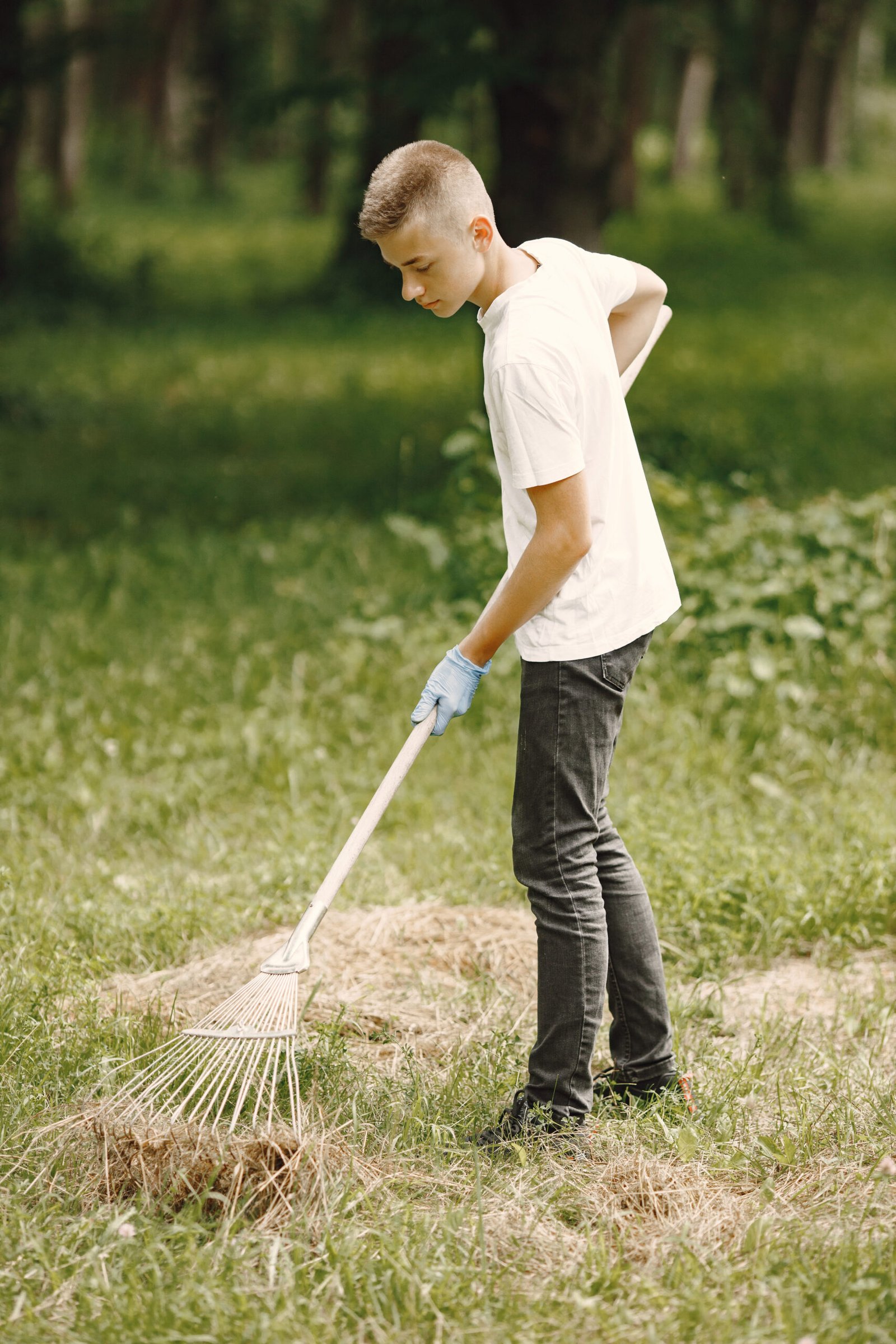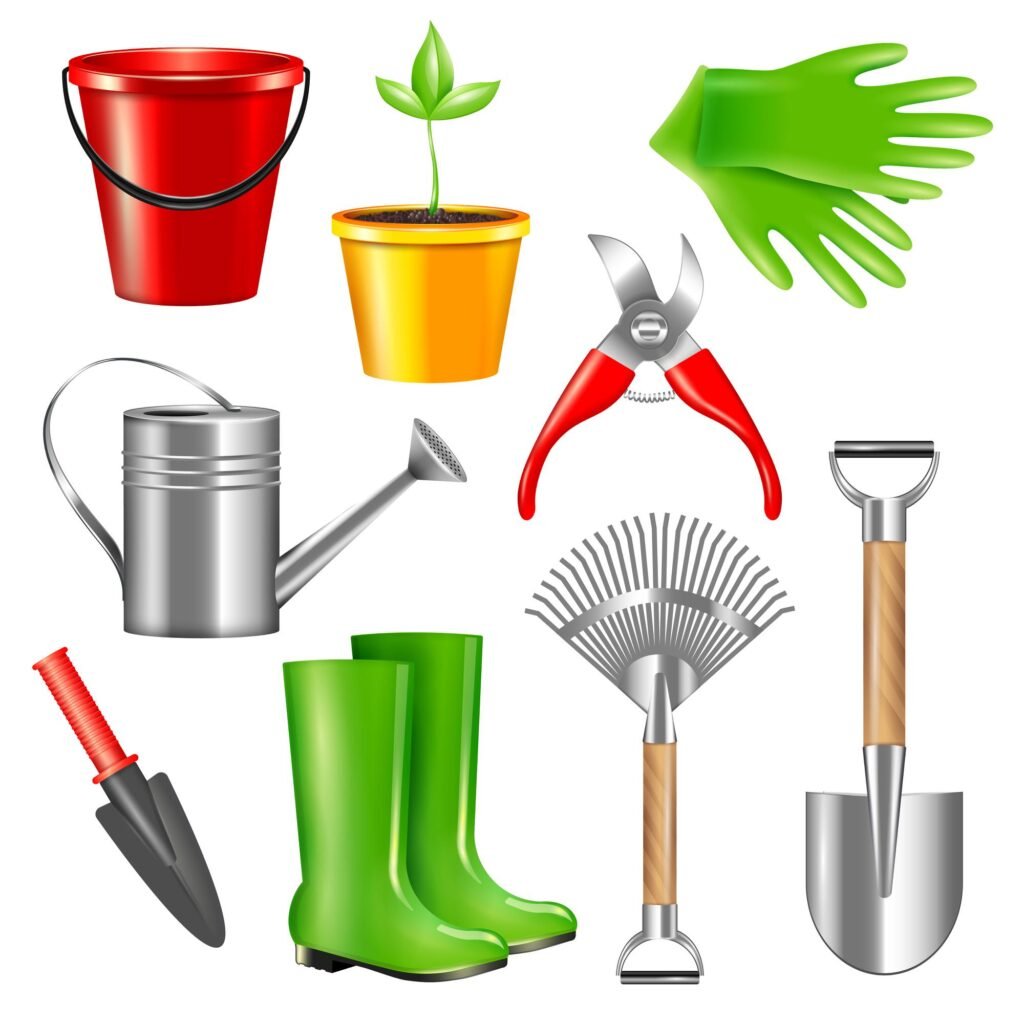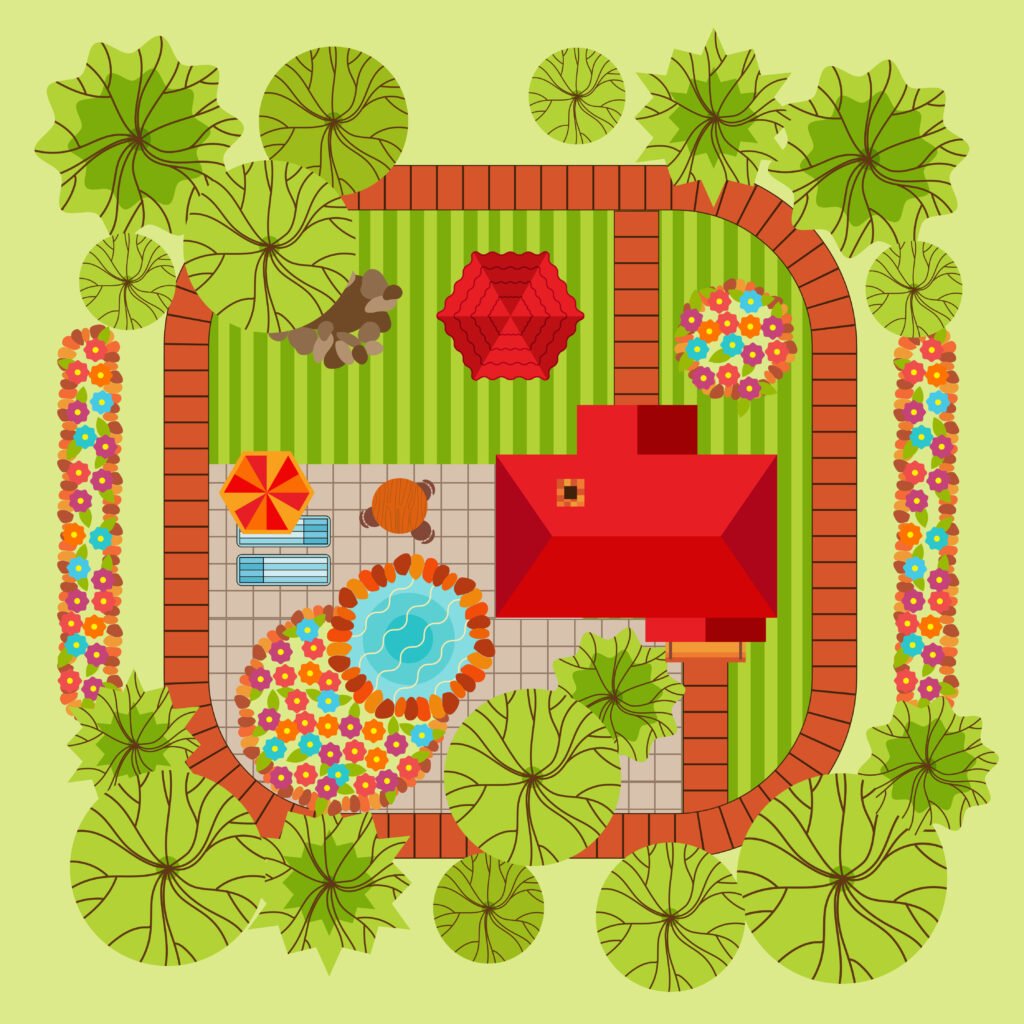Summer is a wonderful time to enjoy your garden and backyard. With a little preparation, you can ensure that your outdoor space is both beautiful and functional. Here are some detailed steps to help you get ready:
Clean Up
Start by clearing out any debris, dead plants, and weeds from your garden beds. This will give you a fresh canvas to work with and prevent pests and diseases from taking hold. Remove any fallen branches, leaves, and other organic matter that might have accumulated over the winter. Dispose of them properly or compost them if possible.

Soil Preparation
Healthy soil is the foundation of a successful garden. Test your soil to determine its pH and nutrient levels. You can buy a soil test kit from a garden center or send a sample to a local extension service. Based on the results, amend your soil with compost, manure, or other organic matter to improve its fertility. Till the soil to mix in the amendments and create a loose, crumbly texture that will allow roots to grow easily.
Mulching
Mulch is a gardener’s best friend. It helps retain moisture in the soil, suppress weeds, and regulate soil temperature. Apply a layer of mulch around your plants, making sure to keep it a few inches away from the stems to prevent rot. Organic mulches like straw, wood chips, and grass clippings are great options. They will break down over time and add nutrients to the soil.
Watering System
A reliable watering system is essential for keeping your garden hydrated during the hot summer months. Check your hoses, sprinklers, and drip irrigation system to make sure they are in good working order. Consider installing a drip irrigation system if you don’t already have one. It delivers water directly to the roots of your plants, reducing evaporation and water waste.
Pest Control
Keep an eye out for pests and diseases that can damage your plants. Common garden pests include aphids, slugs, snails, and caterpillars. Use natural remedies like neem oil, insecticidal soap, or diatomaceous earth to control them. Rotate your crops and practice companion planting to reduce the risk of disease. Remove any infected plants promptly to prevent the spread of disease. Want to know how to make natural pesticides ?
Garden Tools
Sharp, clean tools make gardening easier and more enjoyable. Clean your garden tools with soap and water, and sharpen any blades that have become dull. Make sure you have all the necessary tools for planting, pruning, and maintenance. This includes trowels, pruners, gloves, and a sturdy shovel.

Shade
Summer sun can be intense, and your plants and outdoor spaces need protection. Consider adding shade options like umbrellas, pergolas, or shade cloth to shield your plants and create comfortable areas for you to relax. Planting trees or installing trellises with climbing vines can also provide natural shade.
Plan Your Layout
Take some time to plan your garden layout. Consider the sunlight requirements of each plant and arrange them accordingly. Group plants with similar needs together to make watering and maintenance easier. Think about pathways and access points to ensure you can easily reach all areas of your garden. Sketch out a rough plan on paper or use a garden planning app to visualize your ideas.

Planting
Choose plants that thrive in summer’s heat and sunlight. Some popular options include tomatoes, peppers, cucumbers, zucchini, beans, and herbs like basil, thyme, and rosemary. If you’re starting from seeds, consider starting them indoors a few weeks before the last frost date. This will give them a head start and increase your chances of success. When planting, follow the spacing guidelines for each plant to ensure they have enough room to grow.



Sprunki Incredibox adds a fresh twist to the beloved music-mixing format with new beats and visuals. A must-try for fans! Check out the Sprunki Christmas Game for more holiday fun.
That’s a fascinating take on longshot strategies! Seeing platforms like big bunny slot prioritize security & responsible gaming is great-it builds trust for players exploring options. Interesting analysis!
Interesting points about adapting strategy to stack sizes! Seeing platforms like phpearl online casino focus on localized solutions for players is smart – real-time stats could be a game changer, too! 🤔
It’s easy to get carried away with online games, so mindful play is key! Seeing platforms like perya plus game embrace responsible gaming-and a nod to Filipino culture-is refreshing. Remember to set limits!
Interesting read! Seeing more platforms like joinnow ph tnt game cater to the Filipino market is great. Transparency with RTP (94.5%-98.2% they claim!) is a huge plus for informed players, honestly. 👍
20 Bent St Brighton, hmmm, not sure what this is but I’m intrigued! Is it some kind of secret hangout or a local shop? I’ve discovered its wonders, check it out ASAP: 20bentstbrighton
Hey all, 551bet1 on my radar. Heard some good things, especially on the mobile side. Easy to use when I’m on the go. Check it out 551bet1.
Exploring AI tools can save time and spark creativity-tyy.AI Tools is a great resource, especially their AI Email Marketing section. It’s impressive how they keep their directory updated and relevant.
Ki88, short and sweet! Let’s see if the games are the same. Quick access maybe? Worth a look. See for yourself here ki88
New to PH Slots? phslotsloginregister makes it super easy to sign up and get started! No hassle, just straight to the games! Register now on phslotsloginregister!
Gotta say, nh888 is growing on me. The user interface is actually pretty clean, and I haven’t had any issues with lag or glitches. They’ve got a good selection of slots. Definitely worth a shout if you’re looking for a new place to spin: nh888.